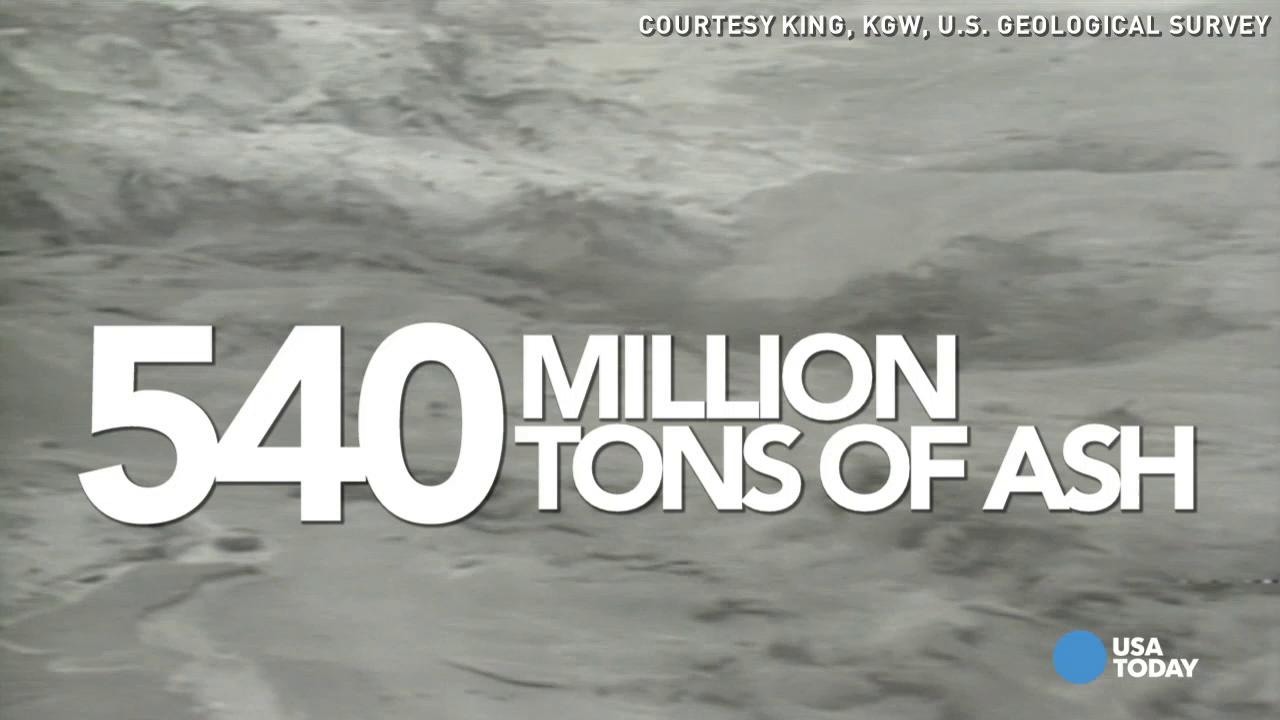Swarms of quakes at Mount St. Helens suggest recharge

MOUNT ST. HELENS, Wash. — Multiple small earthquakes in the past two months beneath the surface of the volcano that erupted most recently in the continental United States suggest it may be recharging magma.
These tiny quakes that started March 14 have been happening at depths of 2 and 7 kilometers — or 1.2 to four miles beneath the surface — of Mount St. Helens, which blew its top May 18, 1980. In the past eight weeks, the Pacific Northwest Seismic Network has located more than 130 earthquakes, and many more are too small to be pinpointed, according to the U.S. Geological Survey, the federal agency that monitors volcano activity.
The small earthquakes beneath the surface suggest that Mount St. Helens is recharging magma.
The magma chamber is likely stressing the crust around and above it as the system slowly recharges, the agency said. The pressure drives fluids through cracks, producing the small quakes.
Most of the recorded earthquakes have been at magnitudes of 0.5 or less with the largest being 1.3.
The quakes have been increasing since March steadily, reaching nearly 40 per week, federal geologists said. However, they're too small to be felt at the surface.
Generally, an earthquake needs to be a 4.0 magnitude or higher for people to feel it. Others in the 3.0 range can be felt if a person is resting or on an upper floor of a building that might sway a bit.
Have no fear, though. The current pattern is similar to the swarms seen at St. Helens in both 2013 and 2014, and the recharge swarms in the '90s had much higher earthquake rates and energy release.
The USGS and Pacific Northwest Seismic Network have plenty of seismometers on the Cascade Range volcanoes — which also include Mount Baker, Glacier Peak and Mount Rainier in Washington; Mount Hood in Oregon; and Mount Lassen in California — to watch these earthquakes. So the hope is that we'll know well in advance if an eruption were to occur.
As we saw with Mount St. Helens between 1987 and 2004, a recharge can continue for many years beneath a volcano without an eruption. For more information, sign up for the U.S Geological Survey's email updates and check out more specifics on earthquake monitoring there.
Follow Sara Schlagel on Twitter: @sara_schlagel

Related: